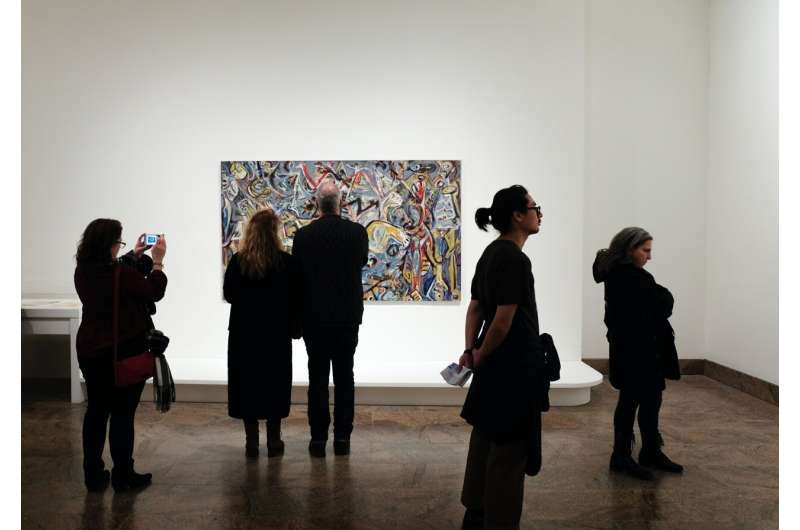
Research in the International Journal of Arts and Technology has looked at how generative adversarial networks (GANs) might be used to transform an artistic image with a given style into a similar image with a different style. For example, a Western abstract transformed into a Chinese figurative image.
Tests with this type of artificial intelligence, AI, and the results of questionnaires about the generated art reveal how people in the East and West might perceive artistic style differently when presented with such images. The work might also help us understand art appreciation, the concept of beauty and whether or not AI can somehow “understand” art in a parallel manner.
Mai Cong Hung of Osaka University and Ryohei Nakatsu, Naoko Tosa, and Takashi Kusumi of Kyoto University, Japan, explain how a new paradigm in AI—big data plus deep learning—has emerged. This approach to AI is developing rapidly with many positive results and benefits to those in the field and beyond. There is always the underlying notion that, given that the neural networks used in AI are based on our brains, there might be some parallels with how these networks function with our own thought processes. Indeed, AI has surpassed human ability in some areas, for instance in playing Shogi (Japanese chess) and Go. These are games of logic and planning but the question arises as to whether AI can compare in terms of creativity and art.
The team found that by converting one artistic image into the style of another artist they were able to anonymize the image so that the viewers’ perception of the image was not colored by preconceived notions about the artist. They found that volunteers perceived an original abstract artwork by Kandinsky transformed to look like a new abstract painting by one of the authors to be similar in characteristics. They suggest that this might imply that Western abstract art and Eastern figurative art have very close parallels. It may be that they are essentially interchangeable semantically. They do concede that at this point it is not possible to automatically determine the origins of the original artwork as being from the Western tradition or the Eastern.
More information:
Takashi Kusumi et al, Learning of Art Style Using AI and Its Evaluation Based on Psychological Experiments, International Journal of Arts and Technology (2022). DOI: 10.1504/IJART.2022.10045168
Citation:
Framing artistic style with AI (2023, January 30)
retrieved 30 January 2023
from https://techxplore.com/news/2023-01-artistic-style-ai.html
This document is subject to copyright. Apart from any fair dealing for the purpose of private study or research, no
part may be reproduced without the written permission. The content is provided for information purposes only.
Stay connected with us on social media platform for instant update click here to join our Twitter, & Facebook
We are now on Telegram. Click here to join our channel (@TechiUpdate) and stay updated with the latest Technology headlines.
For all the latest Technology News Click Here
For the latest news and updates, follow us on Google News.
